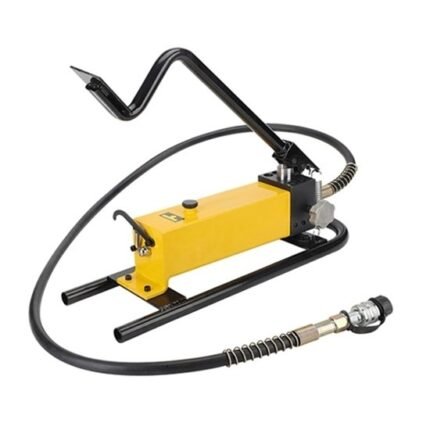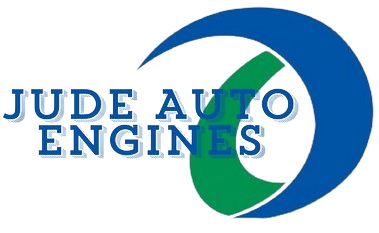Low cost 1 hp self priming centrifugal pump features a high efficiency impeller design and a one-piece molded body to enhance the efficiency and service life of the self priming pump. Built with high-quality materials and precision engineering, it is built to withstand heavy usage and demanding conditions.
Specification
Model: ATO-JKB-40012
Power: 1 hp (750W)
Inlet: 40mm
Outlet: 40mm
Max Head: 12.8m (50Hz), 16m (60Hz)
Max Capacity: 244m L/min (50Hz), 240 L/min (60Hz)
Pole: 2 Pole
Pump Body Material: F-FRPP/P-PVDF
Weight: 20kg
Dimension (unit: mm)
Model
A
B
C
D
E
F
G
H
I
L
ATO-JKB-40012
140.5
200
298.5
265
147.5
202
250
250.5
81
673
Curves
Installation
Applications
Self-priming pump is a special type of centrifugal pump that has the ability to self-prime and operate normally without the need for liquid filling. Self-priming pumps are widely used in industrial drainage, water supply to high-rise buildings, garden irrigation, boosting fire protection systems, and circulating HVAC refrigeration.
Tips: What is a self-priming pump?
A self-priming pump is a type of pump that can remove air or gases from the suction line and create a vacuum, allowing the pump to automatically draw fluid into the pump casing without the need for external priming. In other words, it has the ability to start pumping without being manually filled with liquid beforehand.
The self-priming capability is achieved through the design and construction of the pump. These pumps typically have a special chamber or volute that allows air and fluid to mix and separate. When the pump is initially started, it creates a partial vacuum in the pump casing by rapidly rotating an impeller or using a jet ejector system. This vacuum causes the fluid to flow into the pump and displaces the air or gases, enabling the pump to self-prime and begin pumping efficiently.
Self-priming pumps are commonly used in applications where the pump needs to handle fluids that contain a certain amount of air or gas, or in situations where the pump is required to operate intermittently. They are often used for pumping water from wells, sumps, tanks, and other water sources, and they are also used in various industrial and agricultural applications.


















